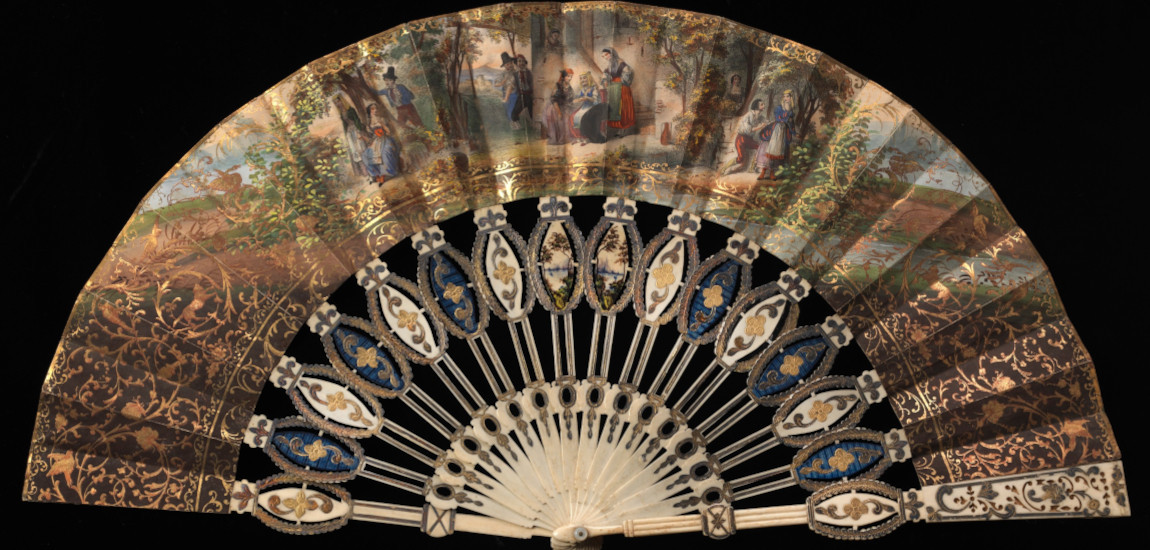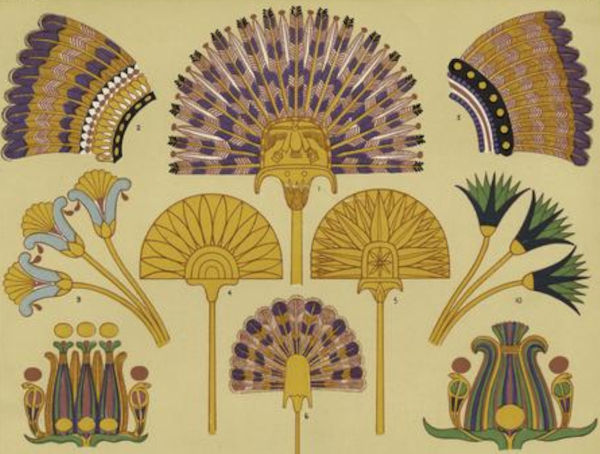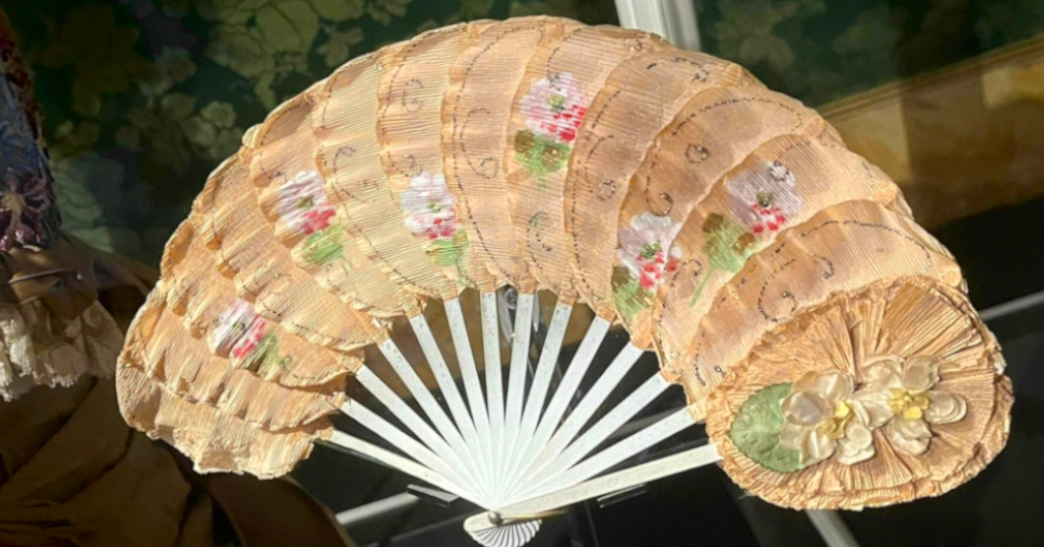
History of the fan: from a practical tool to a luxurious fashion accessory
The fan was born as a practical tool to rekindle the fire, cool oneself off
or chase away insects, but it soon became a symbol of power, a communication
tool, as well as a precious fashion accessory.
Originally, only rudimentary instruments were used as fans, such as
leaves, feathers or intertwined branches.
In ancient Greece, the fan was used mainly to keep flies away from the
altars with offerings to the gods, while in Rome there was the flabellum, a large ceremonial fan waved
to keep insects away from the priest.
Until the Middle Ages, fans were made of a single piece and therefore
could not be closed, but over time this object became increasingly elaborated
until it became a little work of art.
The oldest examples of fans date back to ancient Egypt and were found in
the tomb of Tutankhamun. They were
often used to fan the emperor and important figures and were therefore a symbol
of power, demonstrated by the opulence of the decoration. The more richly
decorated a fan was, the more important the person was.
Even in China the fan was used as a symbol of social prestige, from here
it then arrived in Japan where its
folding version was invented and used mainly by men.
Shoguns led the troops in battle using one of these folding fans,
called tessen, made of steel, bamboo
and silk, with a red circle (the sun) painted in the center.
From the Edo period instead, fans also began to be used as accessories
for dance. They were made of bamboo, rice paper or silk that were often
decorated with paintings of flowers, landscapes, mythological subjects or with
the use of calligraphy.

From Japan, fans were imported to the West, arriving in Europe together
with spices and silks and immediately becoming a refined and luxurious
accessory for the nobility. Being part of the noble ladies' wardrobe, fans soon
transformed into small jewels, embellished with exotic feathers, gems and
precious metals.
The golden age of fans was certailny the Renaissance. Caterina De’ Medici brought with
her to the court of France this stylish accessory, which immediately made all the
ladies fall in love with it. Over time they learned to handle them with mastery
and made fans the bearer of a real language.
Fans became the means by which to communicate messages, gossip and
declare one’s sentimental status in a discreet way.
Here are some examples of simple messages that could be communicated
through this fashion accessory, reported by the Marquis Caraccioli in his 1760
book, entitled “The language of the fan”:
Rest it on the right cheek: yes.
Rest it on the left cheek: no.
Slide a finger of the other hand along the edges: I would like to speak to you.
Move it with the left hand: they are watching us.
Hold the fan with the right hand in front of the face: follow me.
Let it slide over the eyes: go away, please.
Open it very slowly with the right hand: wait for me.
The large-scale production of this accessory developed in the 19th
century in Spain, a country that to this day continues to be the world's
largest producer of fans together with Japan.
Whether it is used to fan oneself during hot days or as a touch of
style, fans remain a special accessory that, although fallen into disuse,
always maintains a special charm. Everything end up coming back in fashion
after all, who knows, maybe it's time to learn to communicate with it and get
ahead of times...




